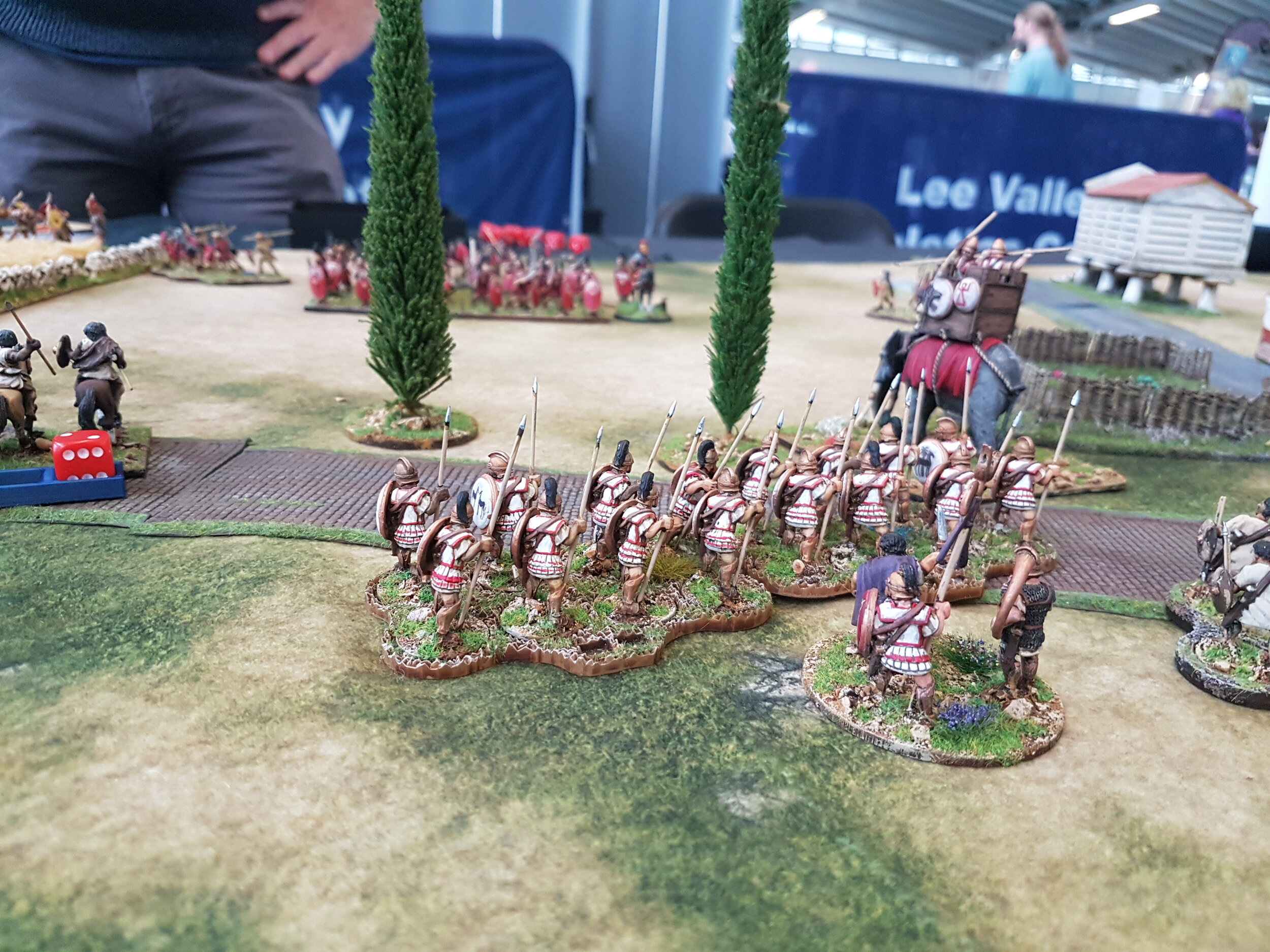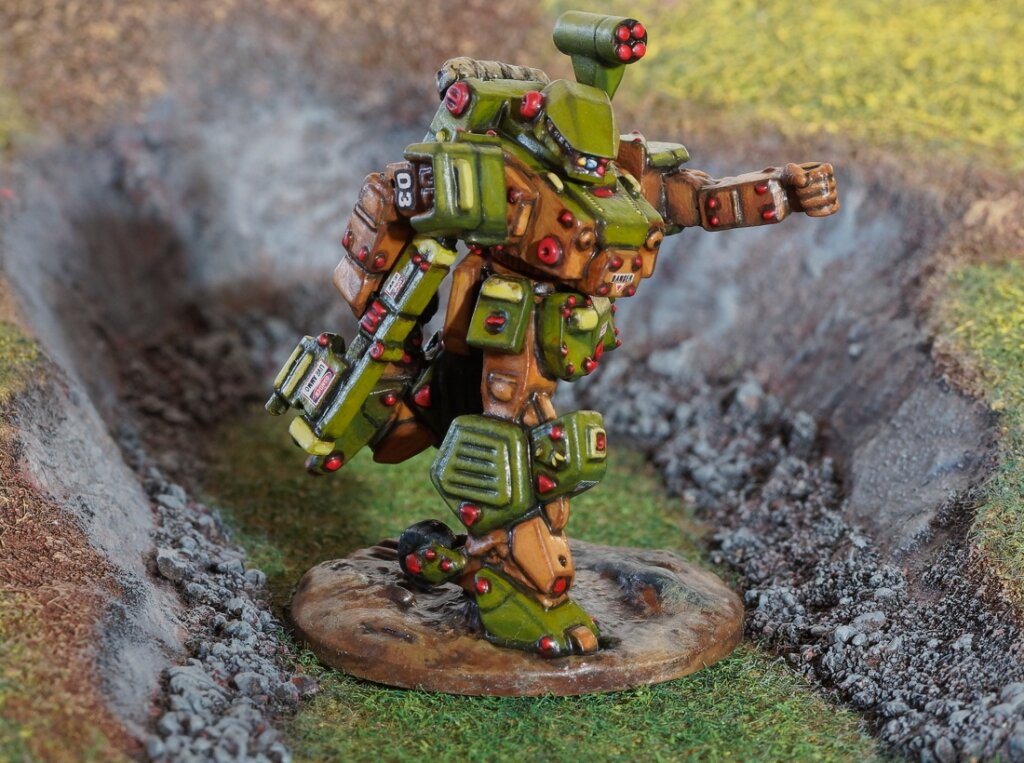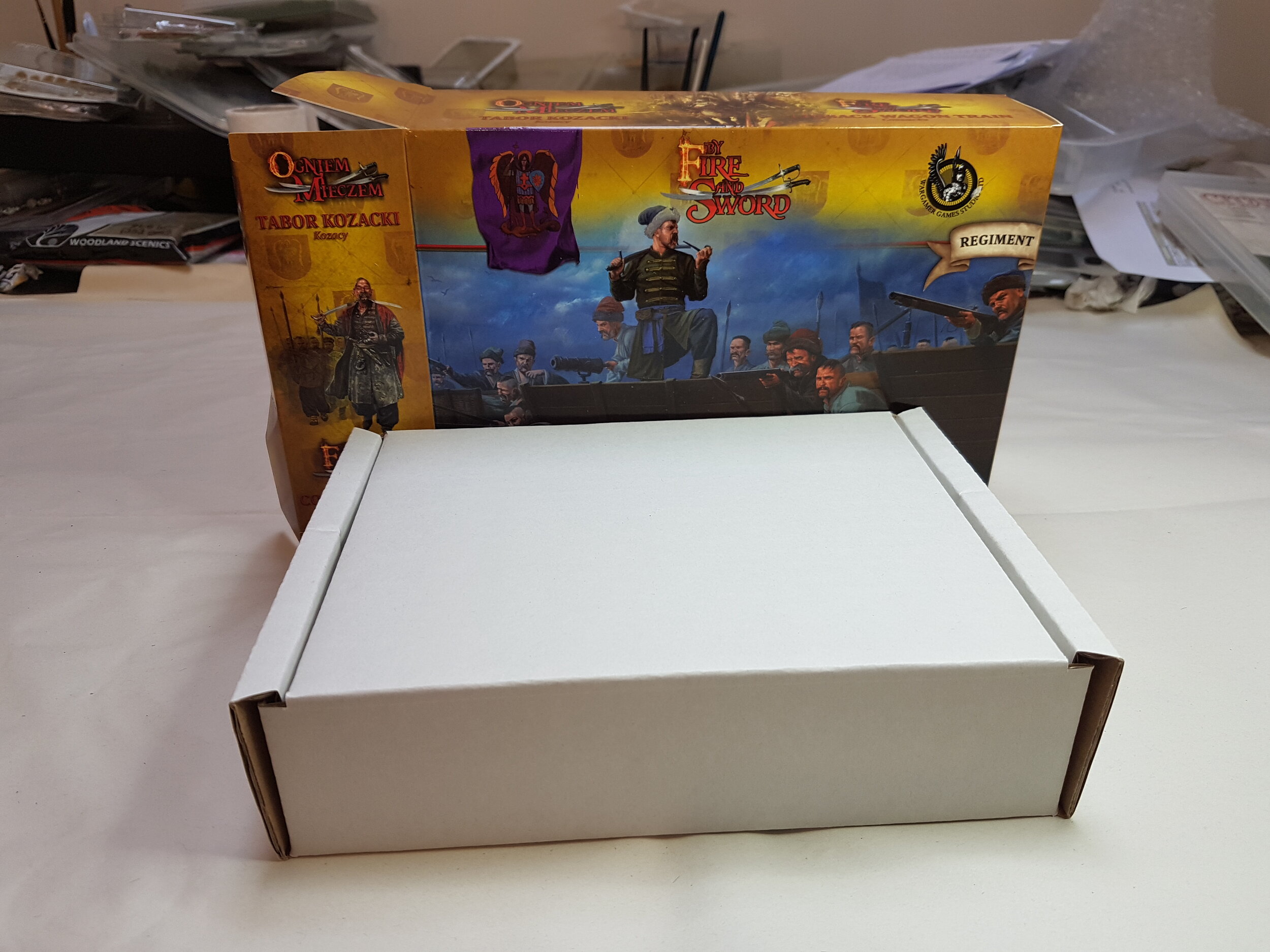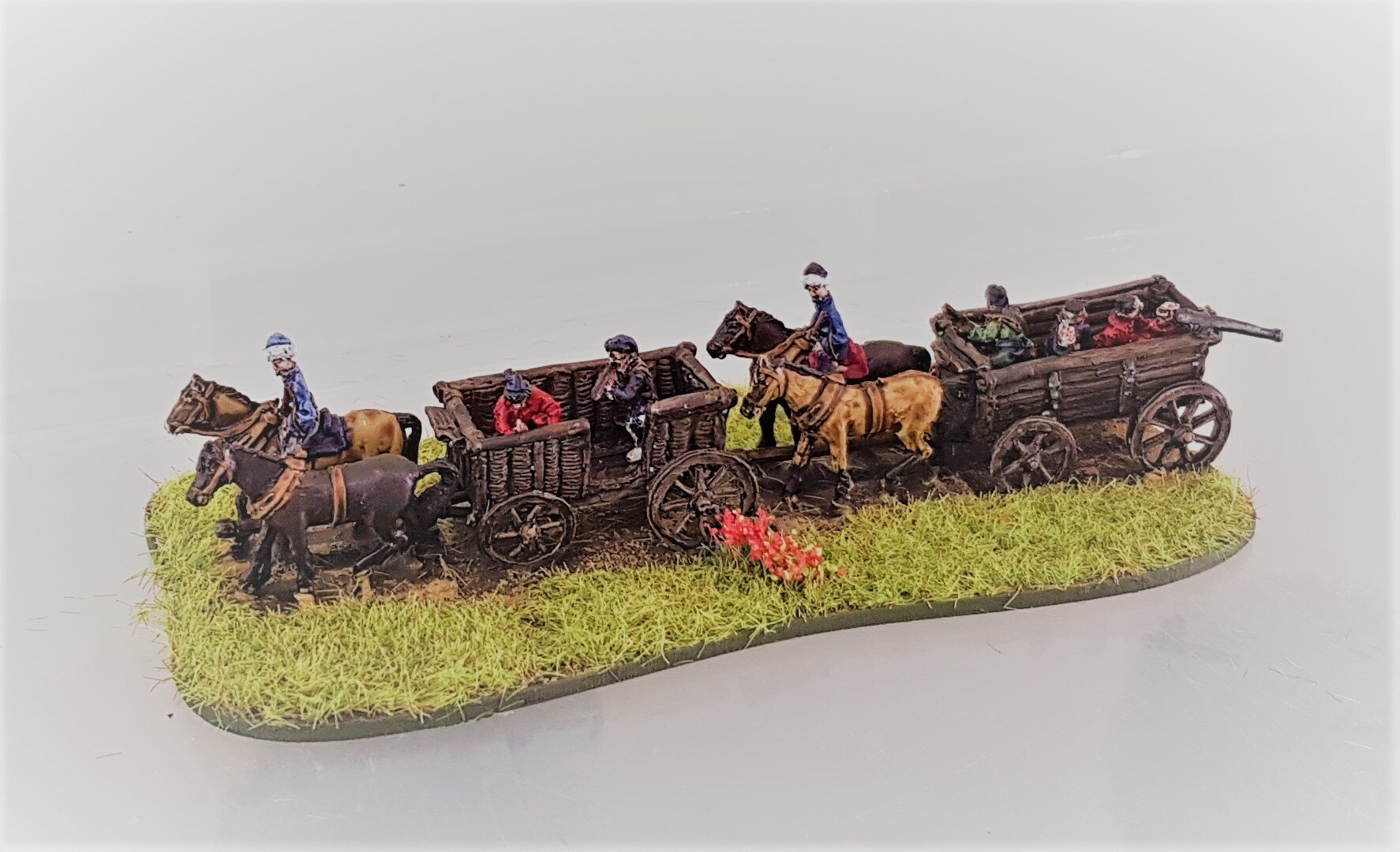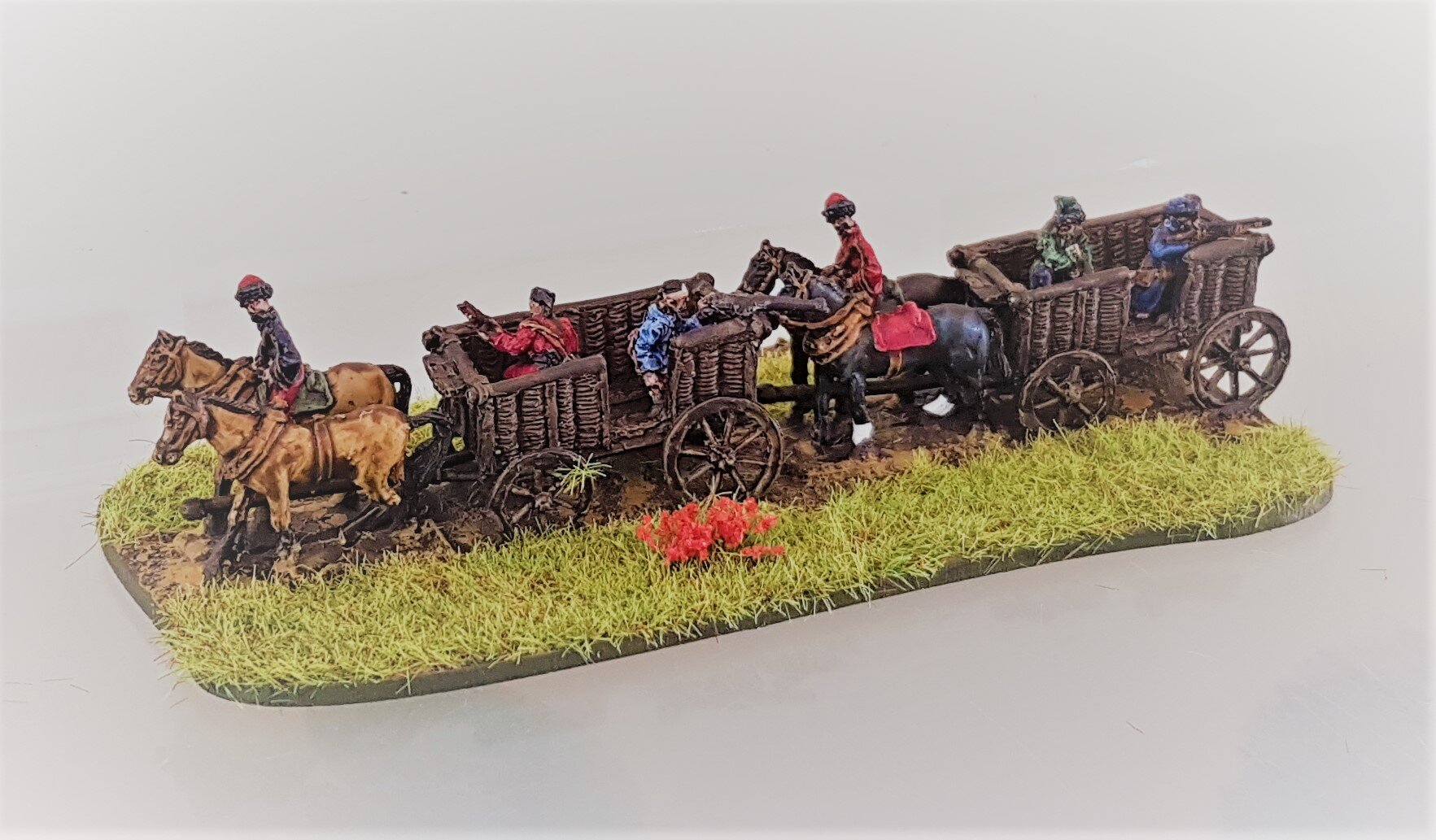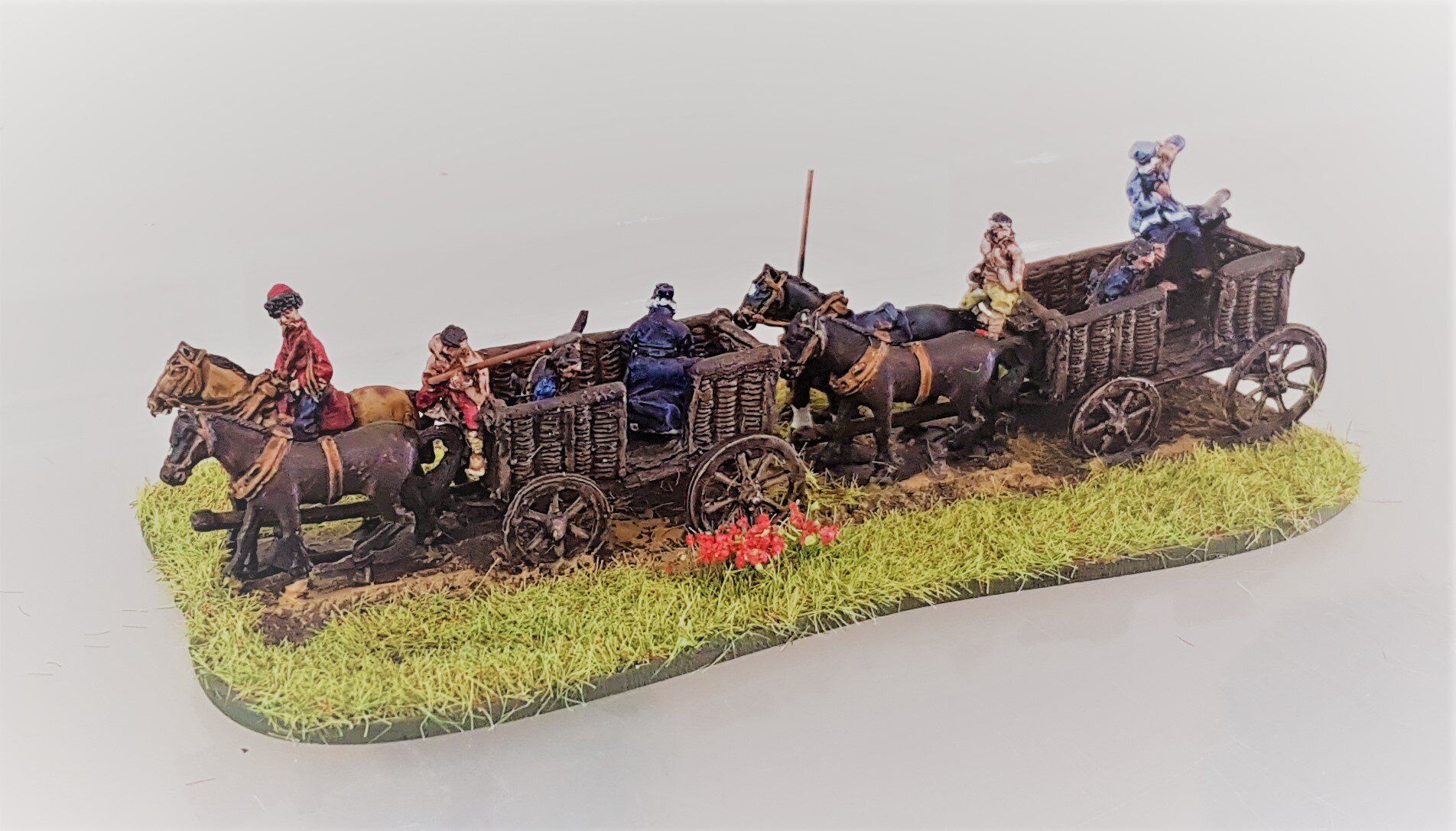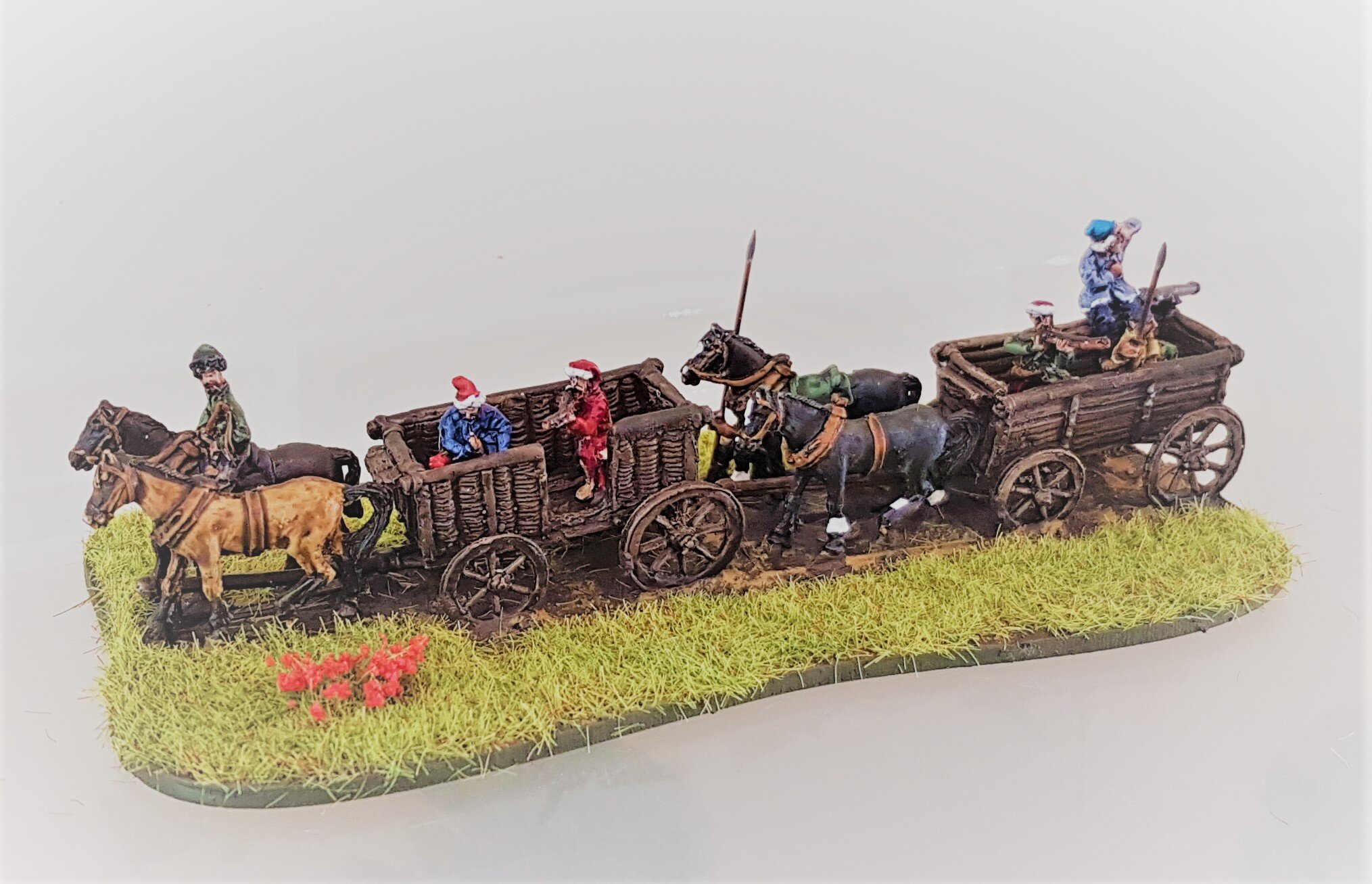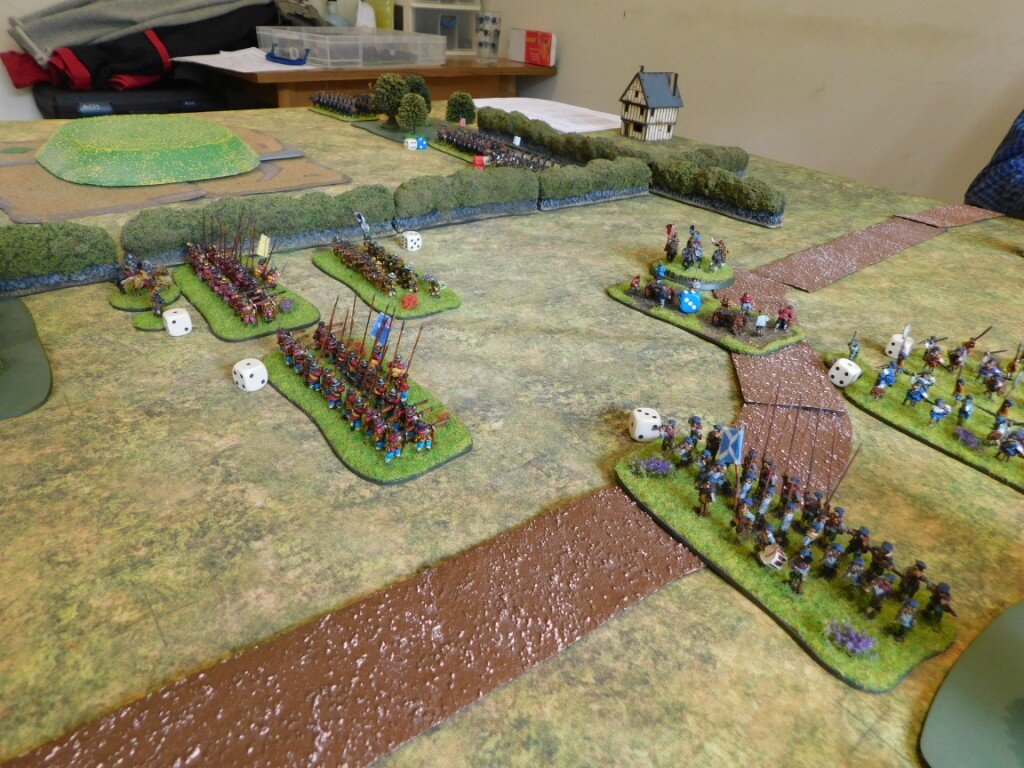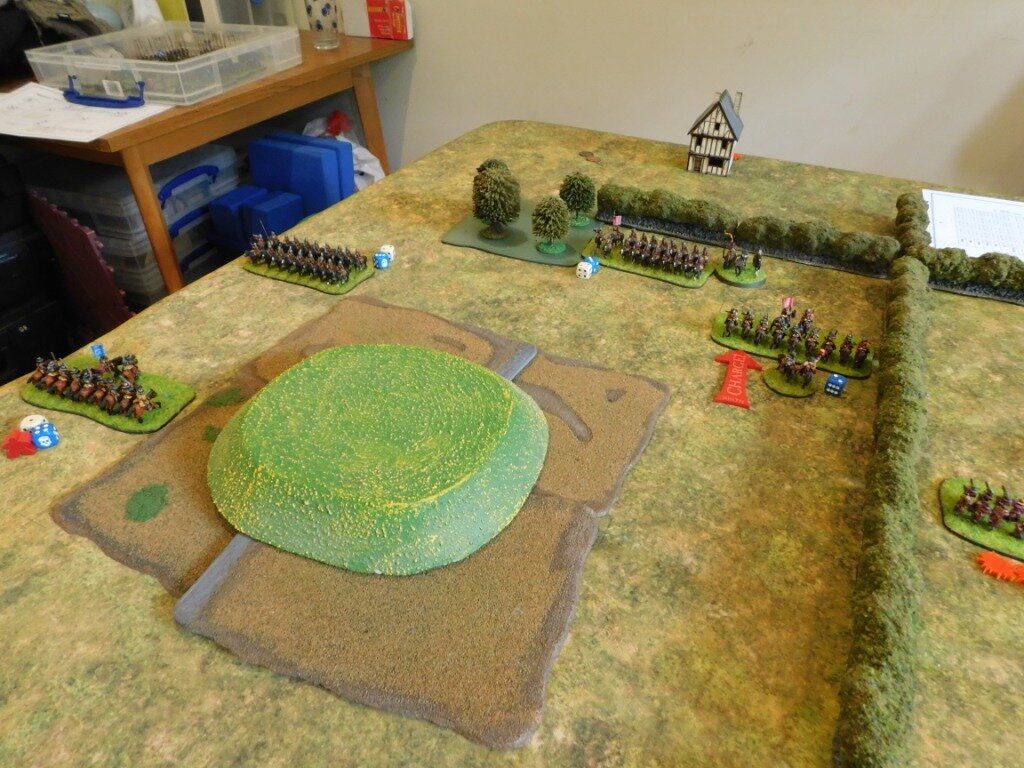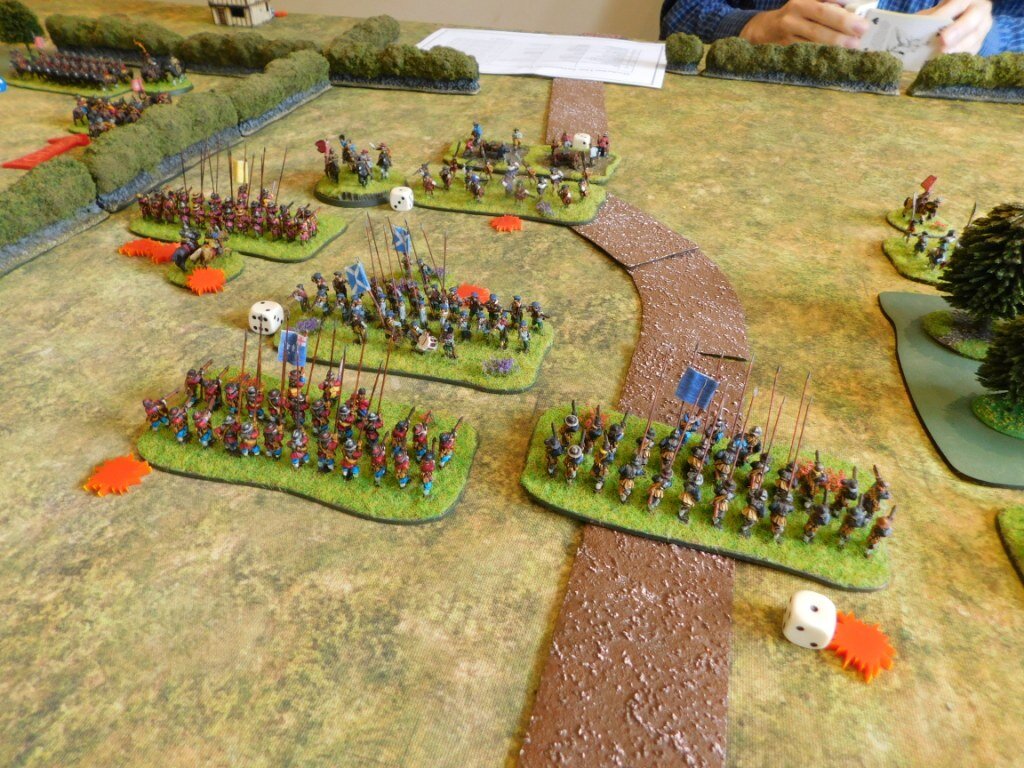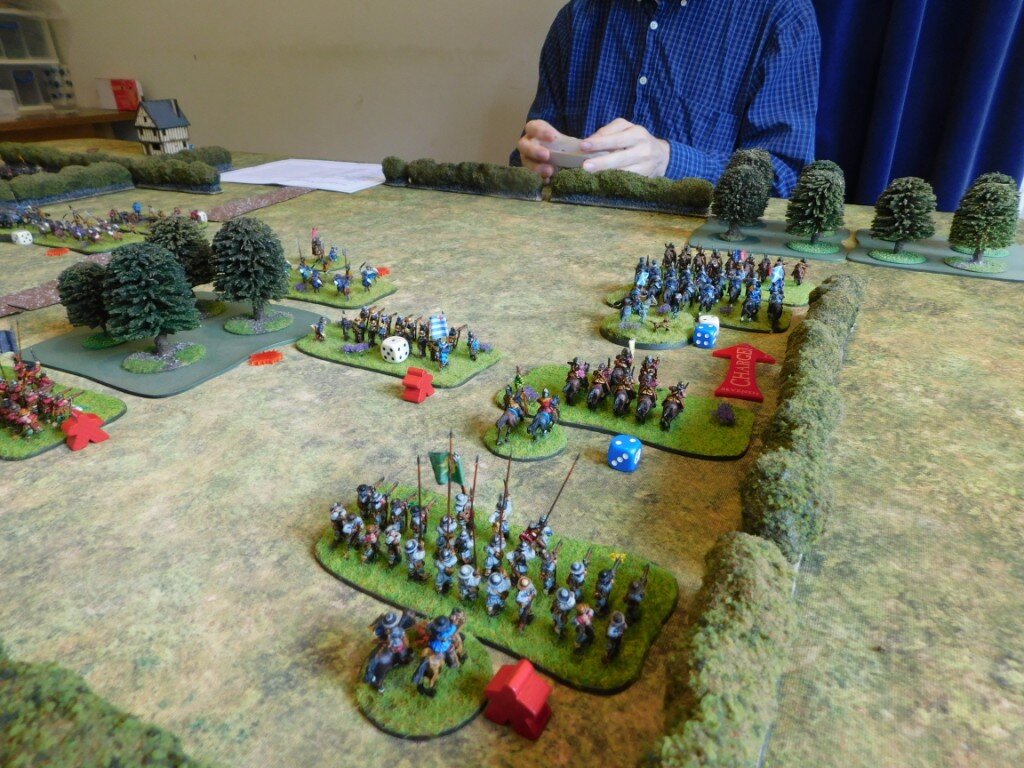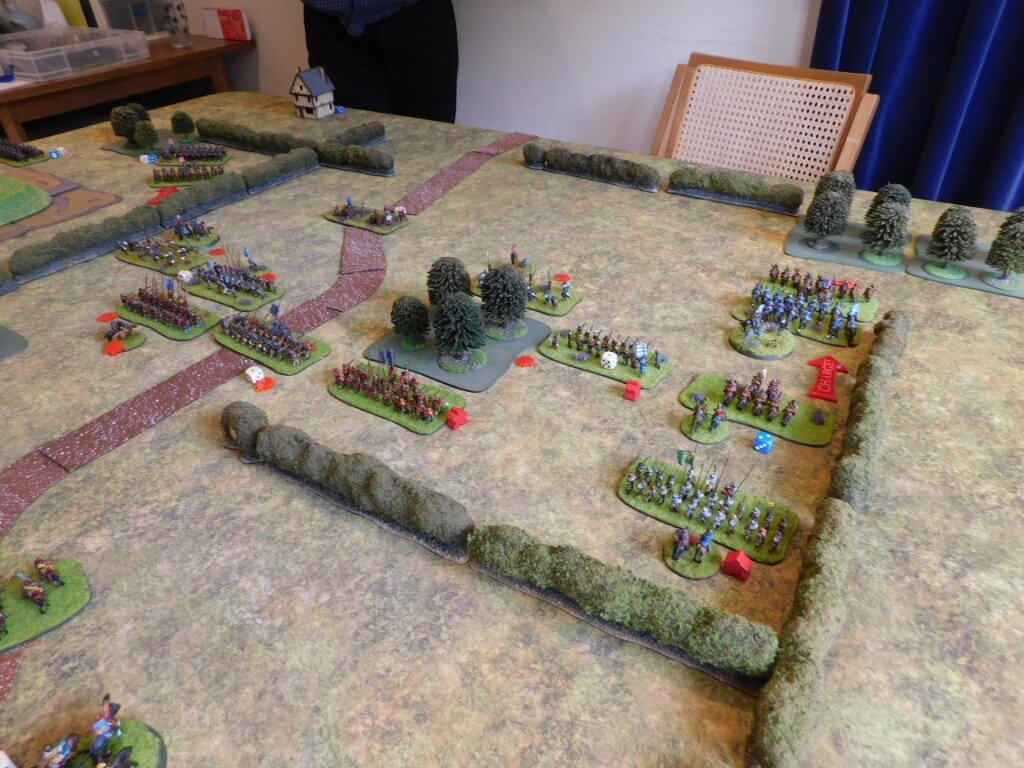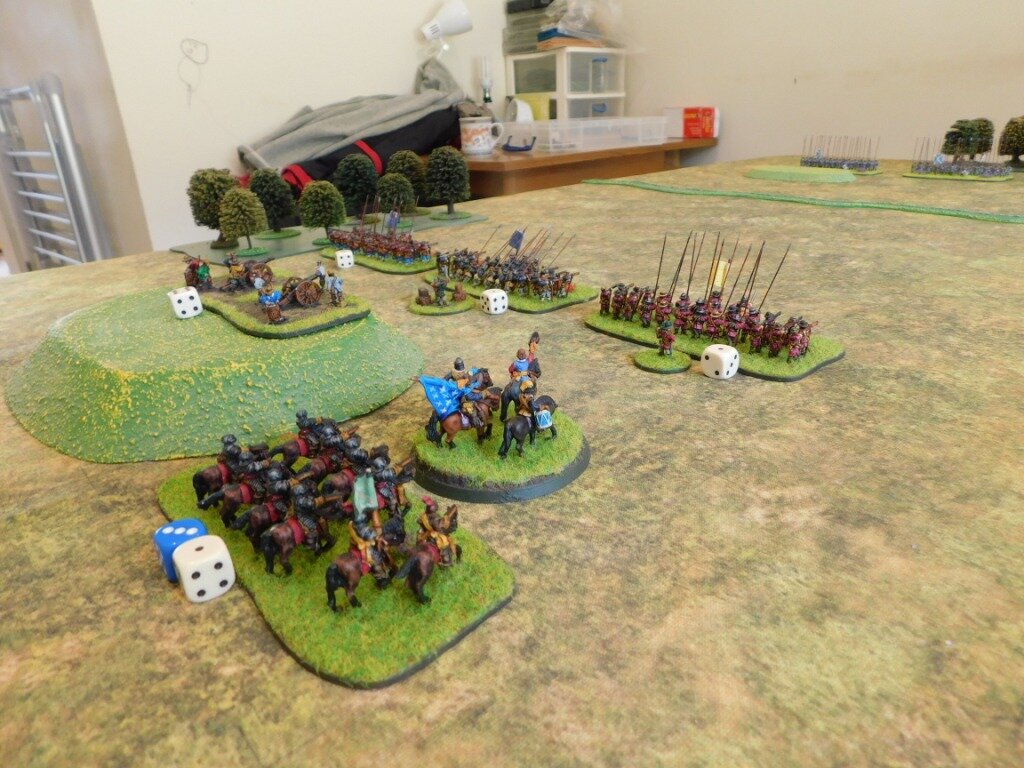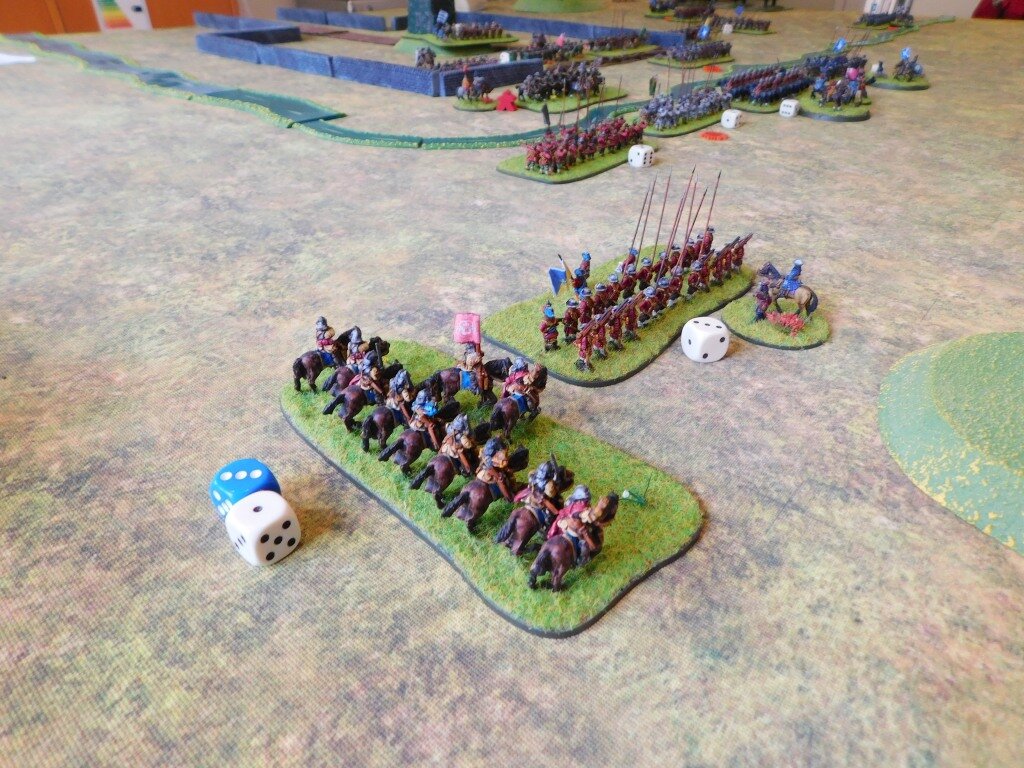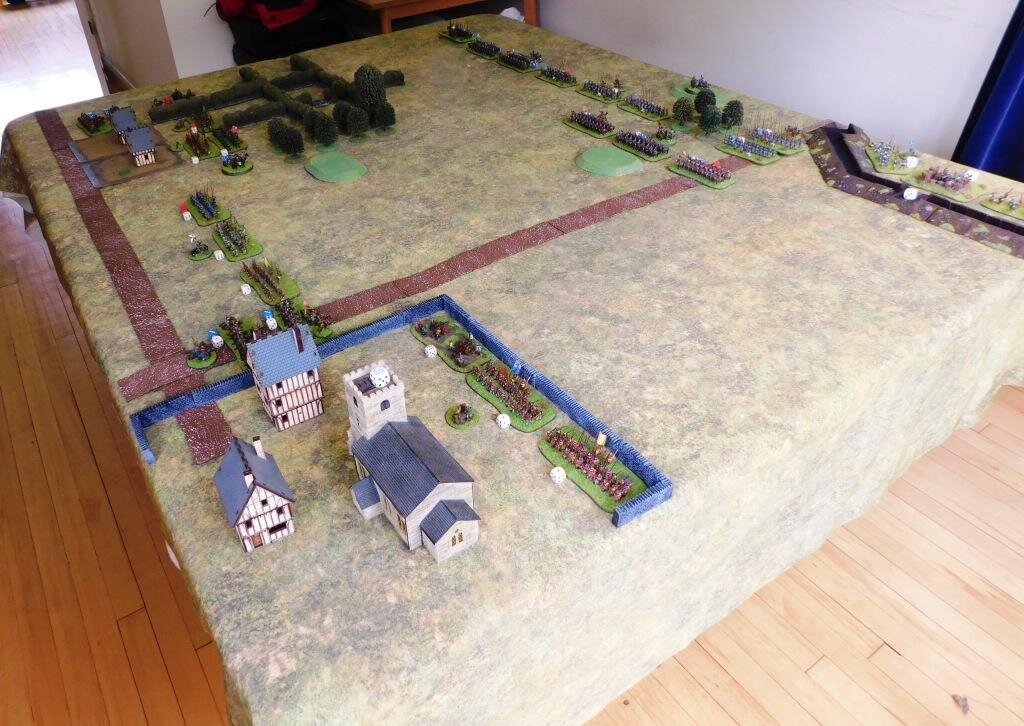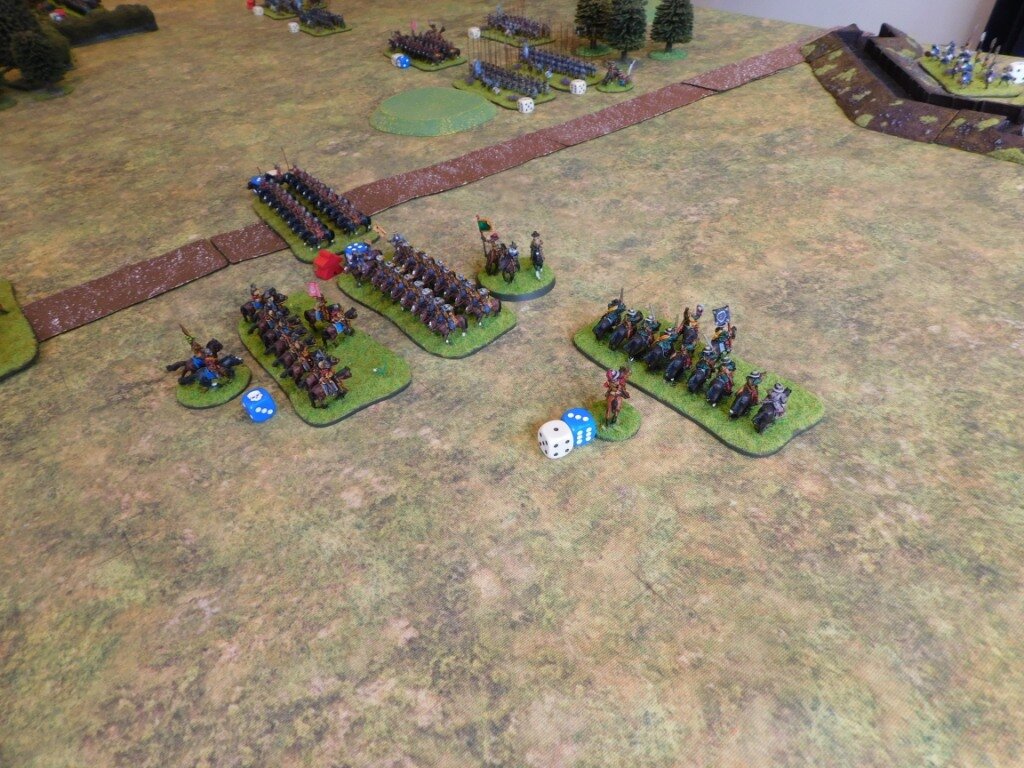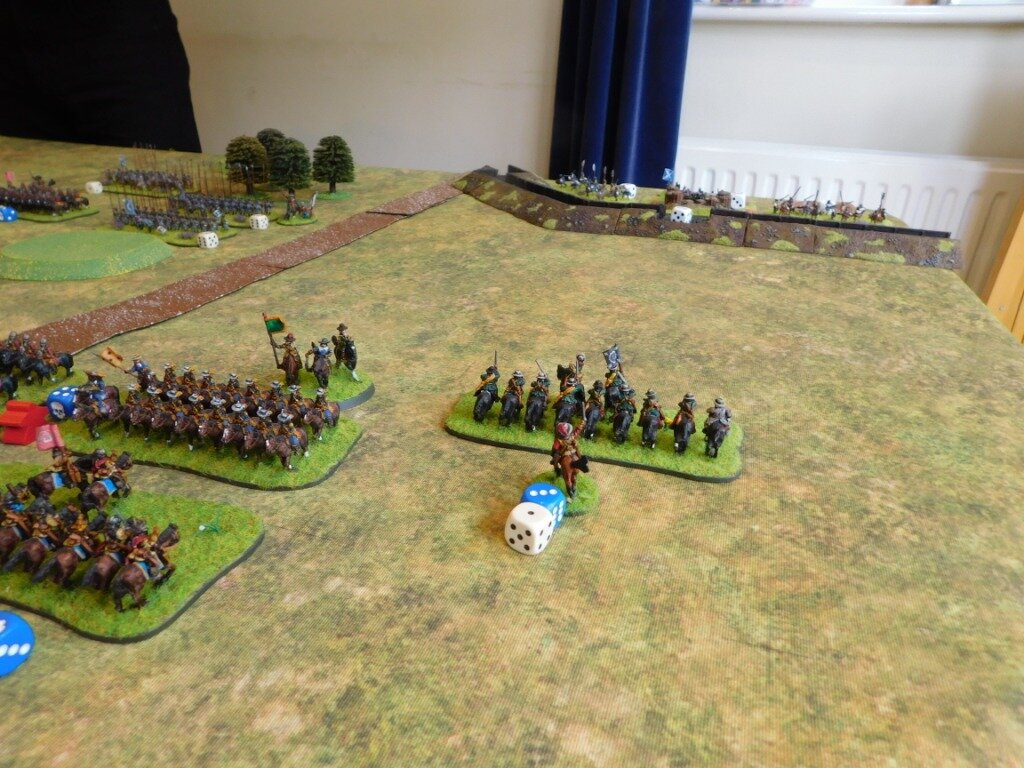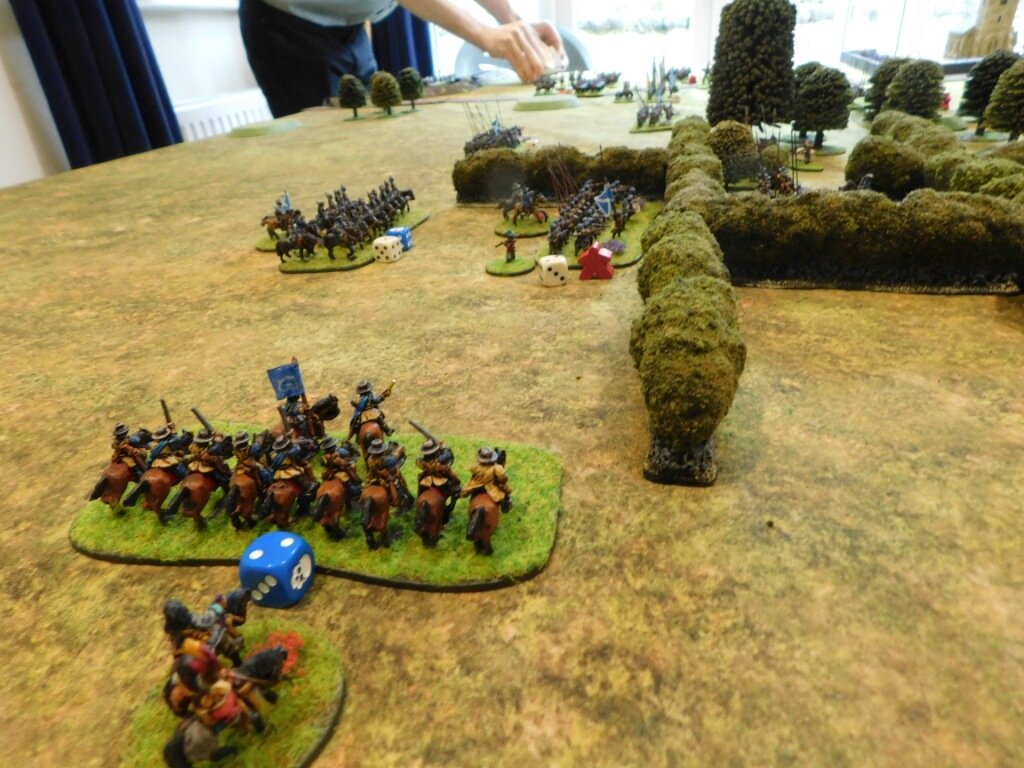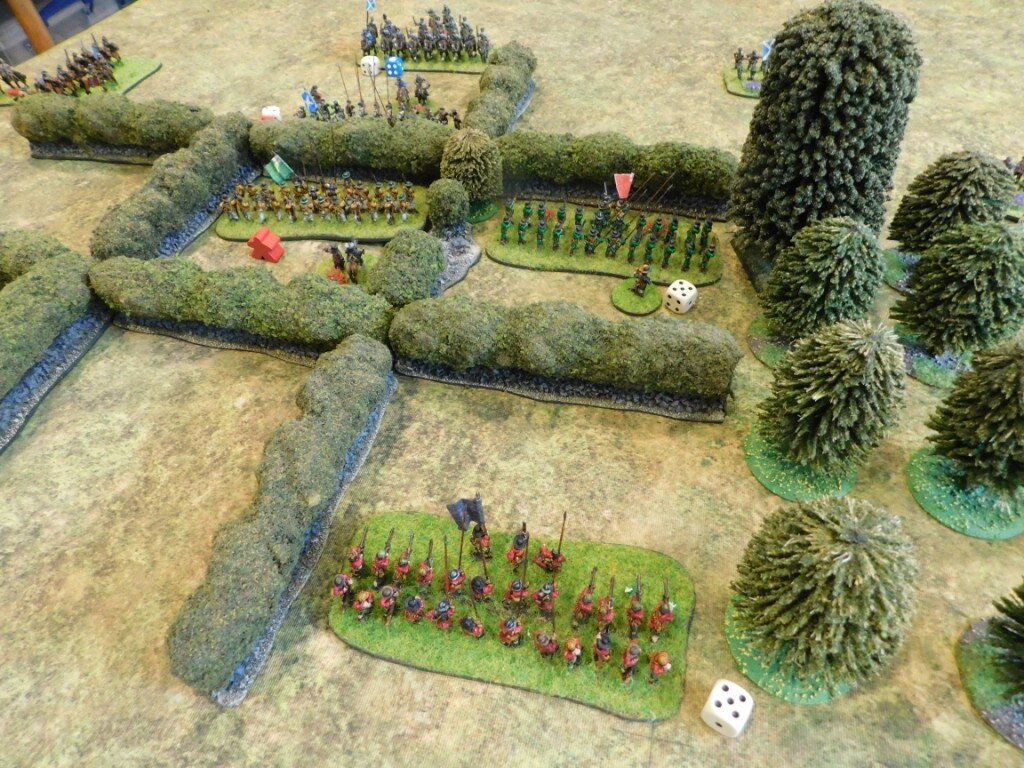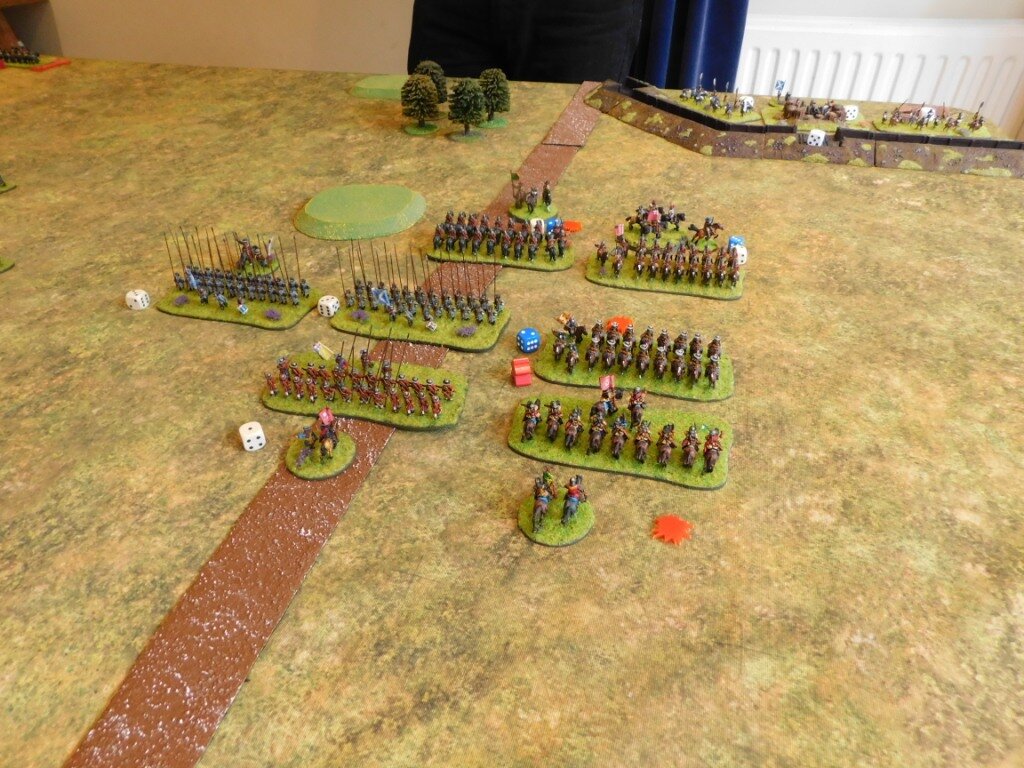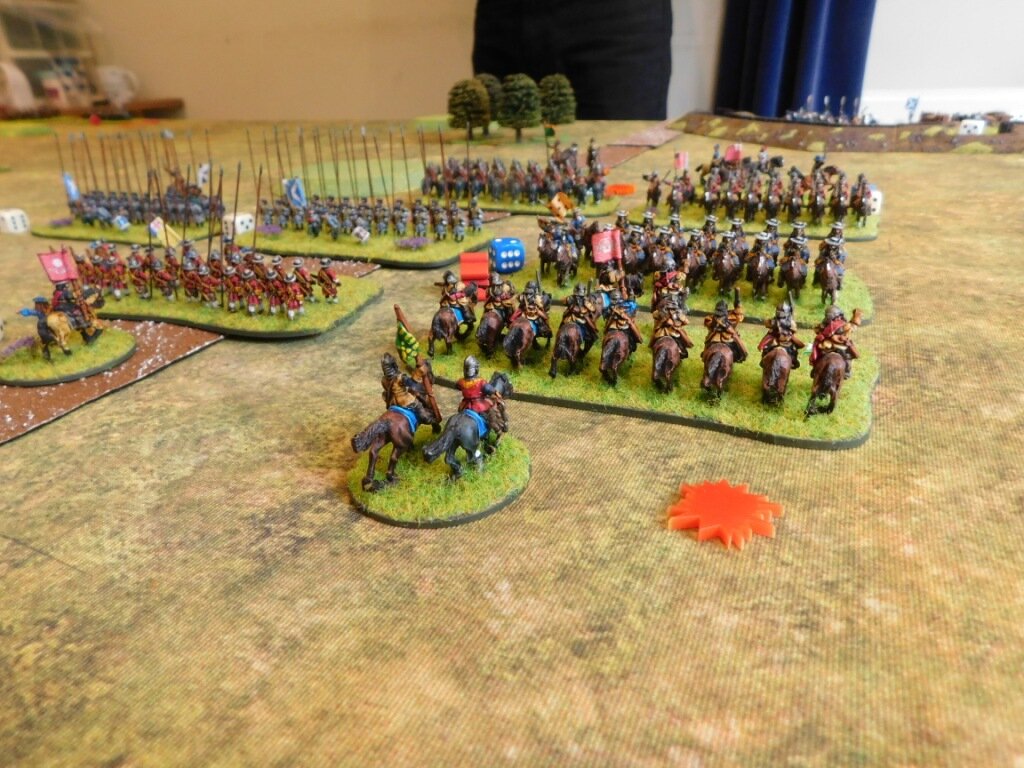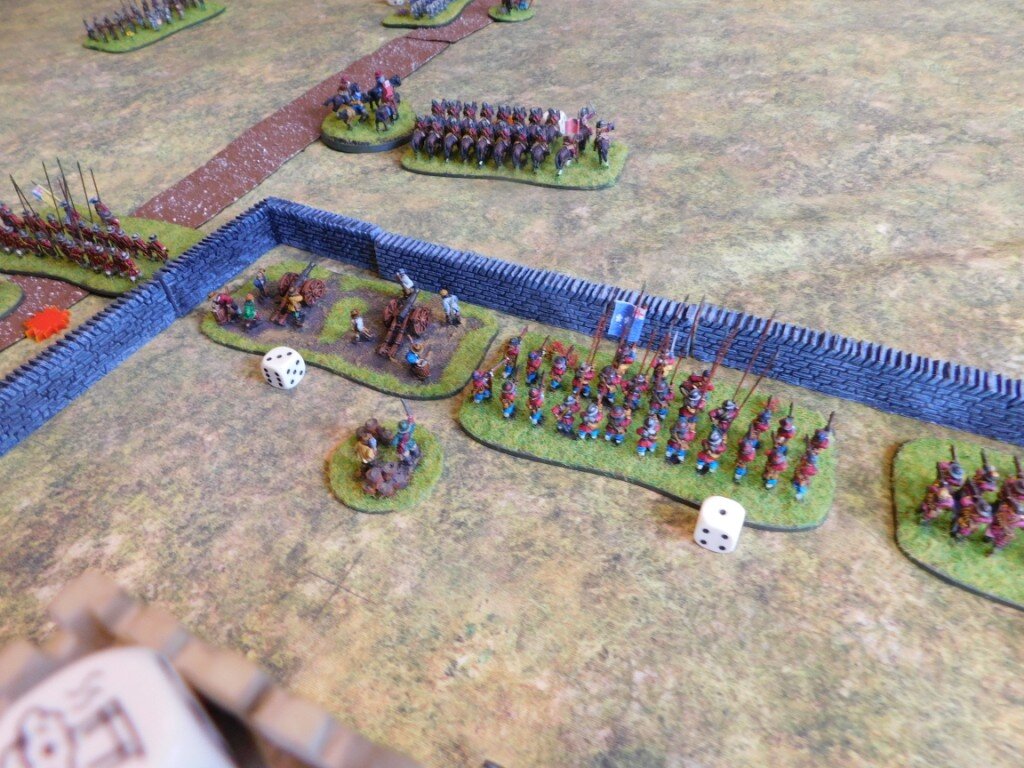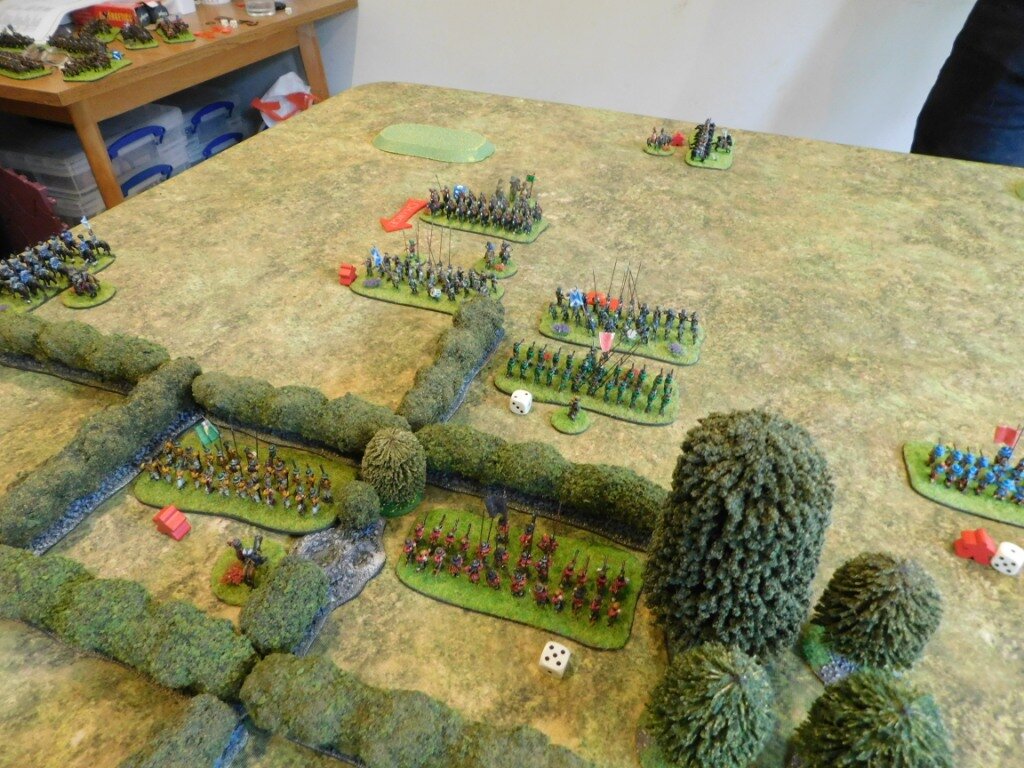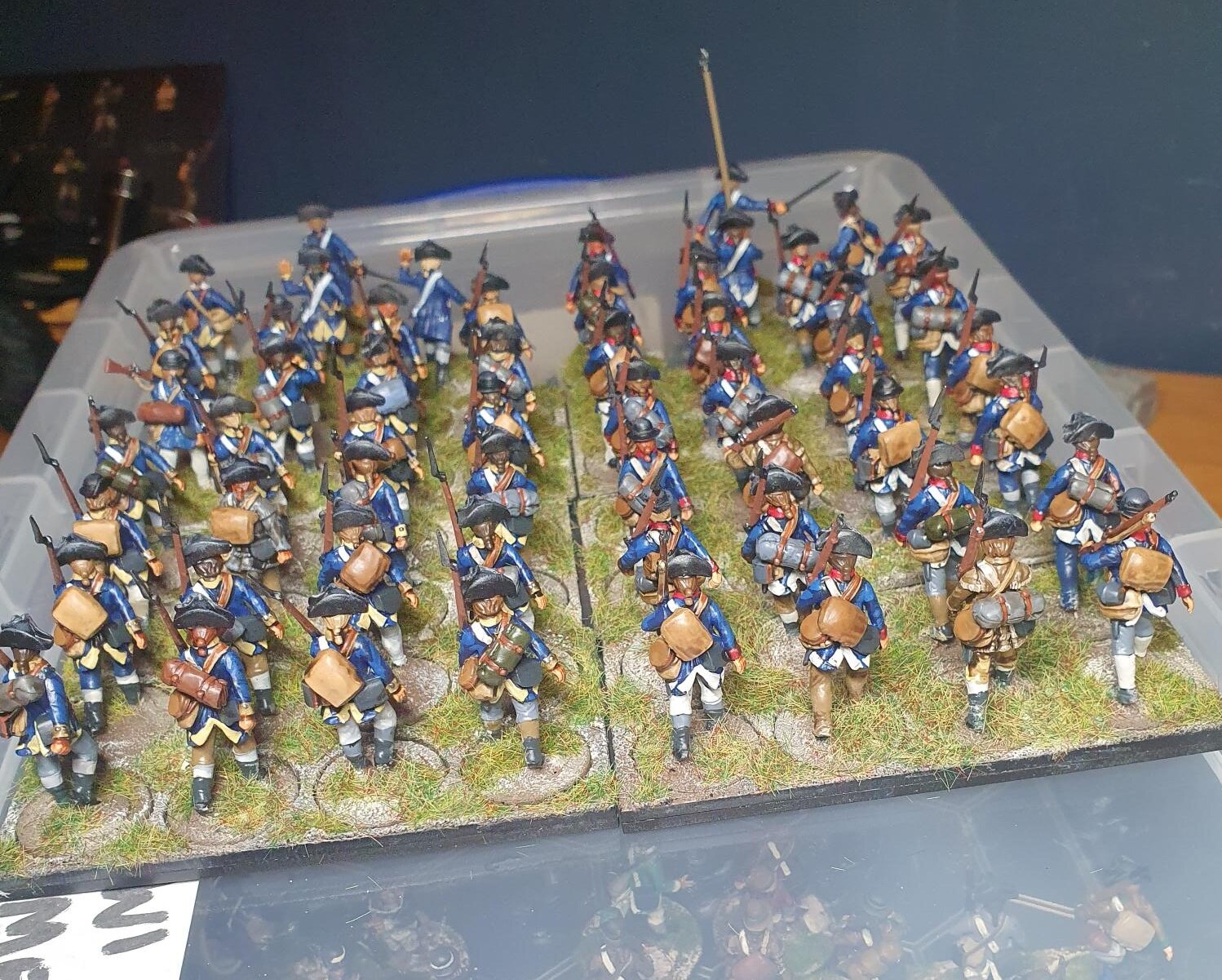FK&P AAR: Happy Valley
/ Robert AveryAnother playtest of a scenario for my next scenario pack: Happy Valley.
Quick summary of the situation: Royalists are besieged in Norchester and have called for aid; the vanguard of a relief force is intercepted in the aforementioned Happy Valley; a battle ensues.
Do click on the images in the gallery below: there’s more description of what’s happening on most of them.
View fullsize
![Happy Valley from the Parliamentarian end]()

Happy Valley from the Parliamentarian end
View fullsize
![Royalists on the Road]()

Royalists on the Road
View fullsize
![Opening Stages]()

Opening Stages
View fullsize
![Ready for Action]()

Ready for Action
View fullsize
![Rabble!]()
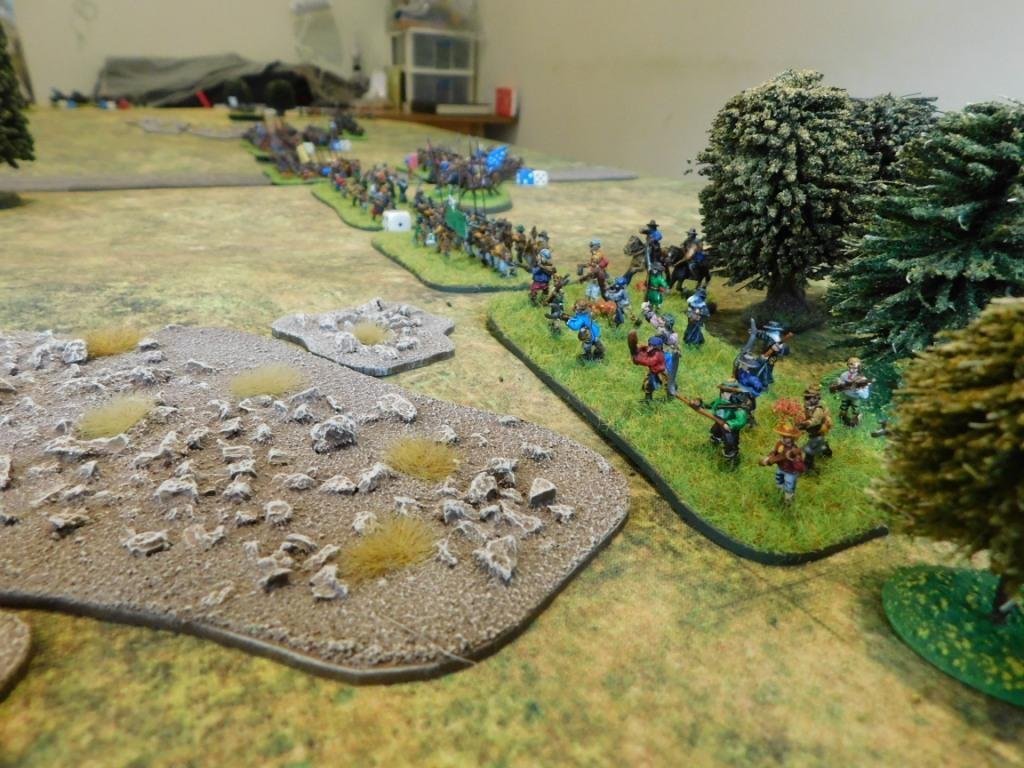
Rabble!
View fullsize
![Just before the Initial Clash]()

Just before the Initial Clash
View fullsize
![Fierce Fighting in the Cauldron!]()

Fierce Fighting in the Cauldron!
View fullsize
![Roundhead cavalry still hanging back]()
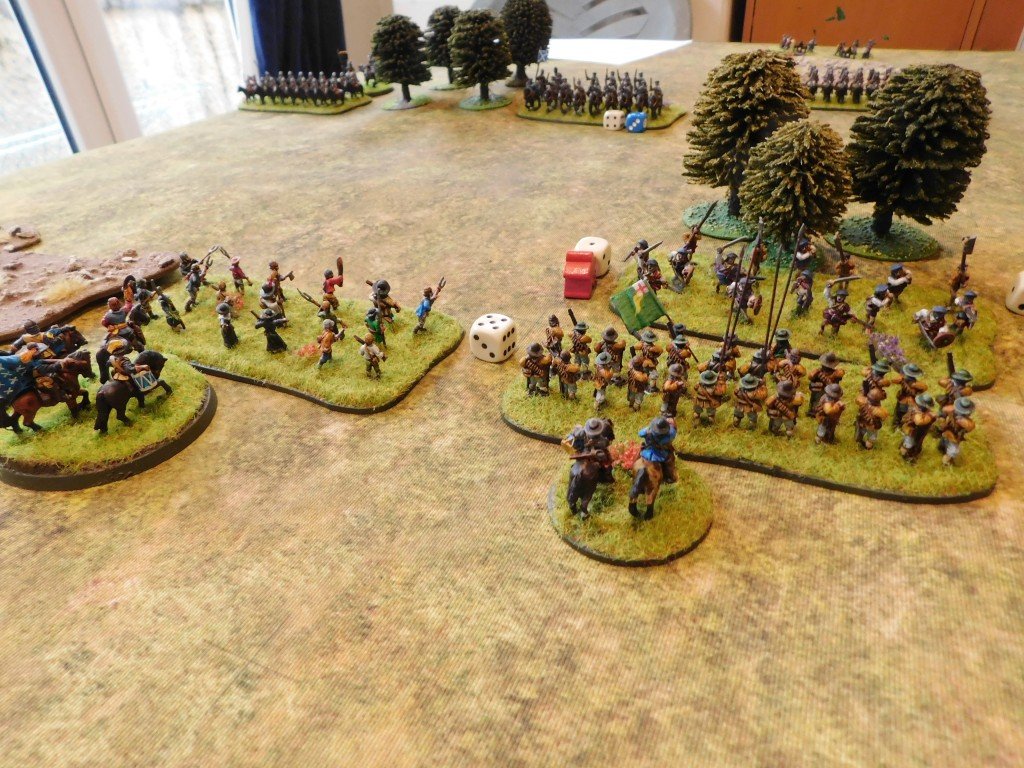
Roundhead cavalry still hanging back
View fullsize
![Oops: Spoke Too Soon!]()

Oops: Spoke Too Soon!
View fullsize
![General Lord Arthur "Double" D'Artois Bolsters Morale!]()
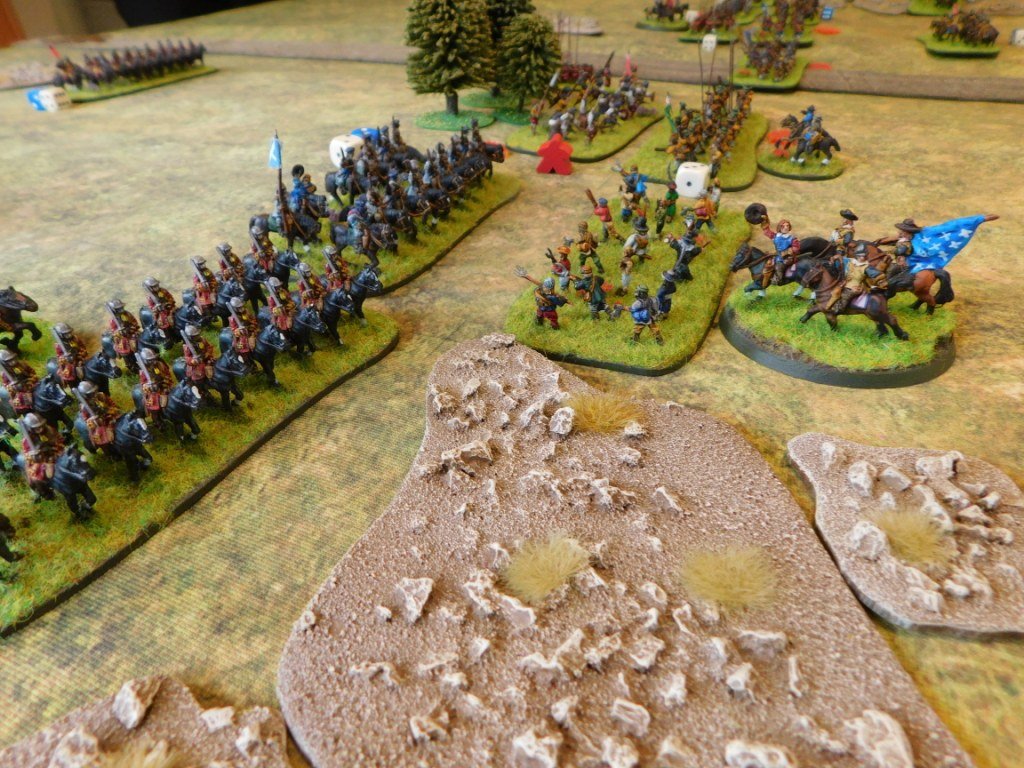
General Lord Arthur "Double" D'Artois Bolsters Morale!
View fullsize
![Breakthrough in the Centre]()

Breakthrough in the Centre
View fullsize
![Overview]()

Overview
View fullsize
![On the Far Right]()

On the Far Right
View fullsize
![Another Overview]()

Another Overview
View fullsize
![Fresh Units get involved right of centre]()

Fresh Units get involved right of centre
View fullsize
![My left flank is about to crumble!]()
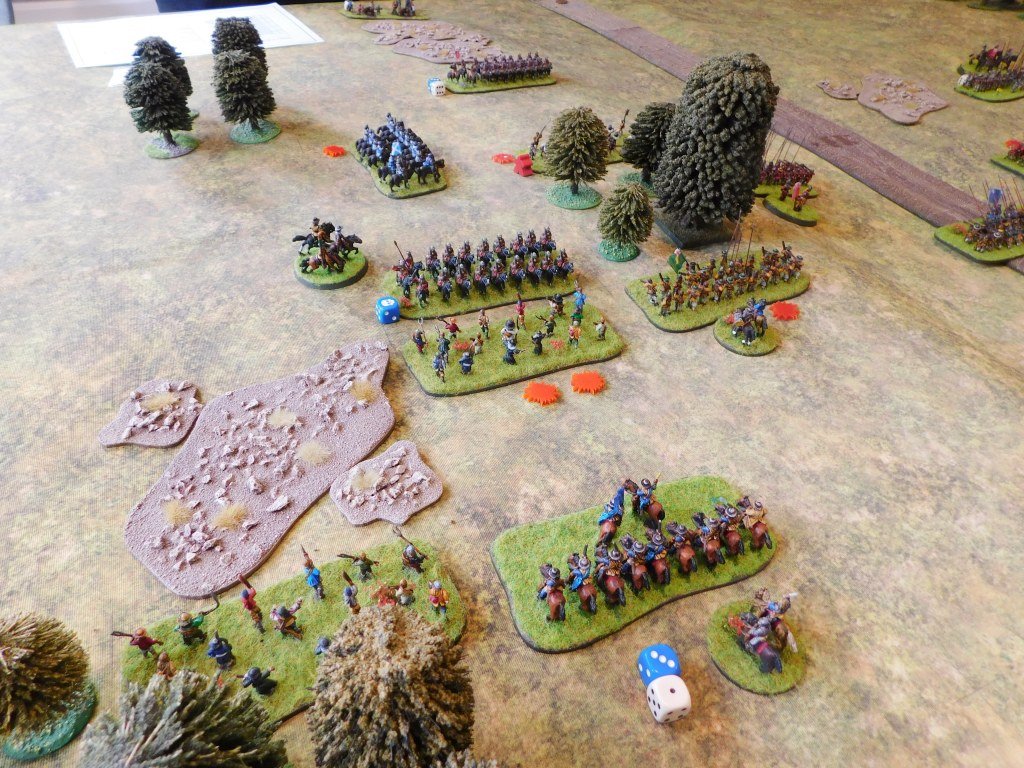
My left flank is about to crumble!
View fullsize
![Situation Under Control]()

Situation Under Control
View fullsize
![Always Have A Reserve]()

Always Have A Reserve
Although it might not seem so from the descriptions above, this was a very close game: I was down to three Victory Medals by the end, so one more unit lost for me would have lost me the battle.
Another great game of For King & Parliament!




